
Access Cookbook. Solutions to Common User Interface & Programming Problems. 2nd Edition Ken Getz, Paul Litwin, Andy Baron
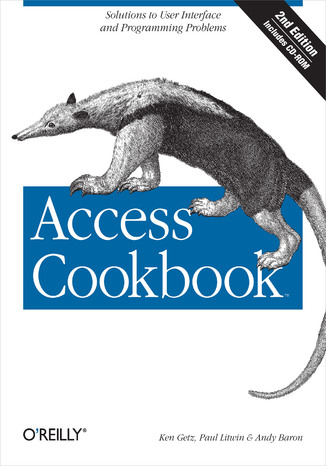



- Autorzy:
- Ken Getz, Paul Litwin, Andy Baron
- Wydawnictwo:
- O'Reilly Media
- Ocena:
- Stron:
- 840
- Dostępne formaty:
-
ePubMobi
 opcje wysyłki »
opcje wysyłki »
Opis
książki
:
Access Cookbook. Solutions to Common User Interface & Programming Problems. 2nd Edition
Not a reference book, and not a tutorial either, the new second edition of the highly regarded Access Cookbook is an uncommonly useful collection of solutions to problems that Access users and developers are likely to face as they attempt to build increasingly complex applications.Although using any single "recipe" in the book will more than pay back the cost of the book in terms of both hours saved and frustration thwarted, Access Cookbook, Second Edition is much more than a handy assortment of cut-and-paste code.Each of the "recipes" examine a particular problem--problems that commonly occur when you push the upper limits of Access, or ones that are likely to trip up a developer attempting to design a more elegant Access application--even some things you never knew Access could do. The authors then, in a clear, accessible, step-by-step style, present the problems' solution. Following each "recipe" are insights on how Access works, potential pitfalls, interesting programming techniques that are used in the solution, and how and why the solution works, so you can adapt the problem-solving techniques to other similar situations.Fully updated for Access 2003, Access Cookbook, Second Edition is also one of the first books to thoroughly explore new support for .NET managed code and XML. All of the practical, real-world examples have been tested for compatibility with Access 2003, Windows XP, and Windows Server 2003. This updated new edition also covers Access and SharePoint, Access and SmartTags, Access and .NET; and Access and XML.Access power users and programmers at all levels, from the relatively inexperienced to the most sophisticated, will rely on the Access Cookbook for quick solutions to gnarly problems. With a dog-eared copy of Access Cookbook at your side, you can spend your time and energy where it matters most: working on the interesting facets of your Access application, not just the time-consuming ones.
Wybrane bestsellery
O'Reilly Media - inne książki
Dzięki opcji "Druk na żądanie" do sprzedaży wracają tytuły Grupy Helion, które cieszyły sie dużym zainteresowaniem, a których nakład został wyprzedany.
Dla naszych Czytelników wydrukowaliśmy dodatkową pulę egzemplarzy w technice druku cyfrowego.
Co powinieneś wiedzieć o usłudze "Druk na żądanie":
- usługa obejmuje tylko widoczną poniżej listę tytułów, którą na bieżąco aktualizujemy;
- cena książki może być wyższa od początkowej ceny detalicznej, co jest spowodowane kosztami druku cyfrowego (wyższymi niż koszty tradycyjnego druku offsetowego). Obowiązująca cena jest zawsze podawana na stronie WWW książki;
- zawartość książki wraz z dodatkami (płyta CD, DVD) odpowiada jej pierwotnemu wydaniu i jest w pełni komplementarna;
- usługa nie obejmuje książek w kolorze.
Masz pytanie o konkretny tytuł? Napisz do nas: sklep@helion.pl
Książka drukowana






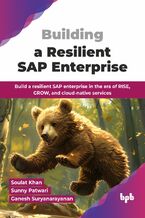
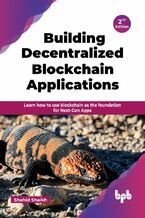

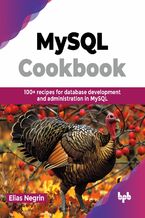
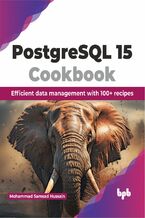
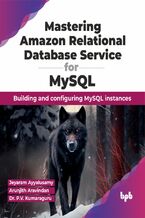
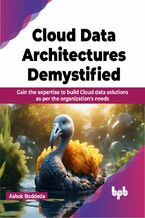






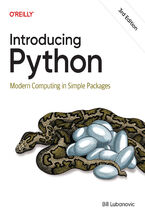
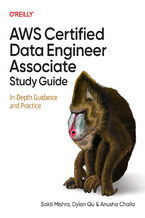

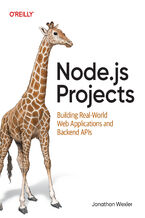

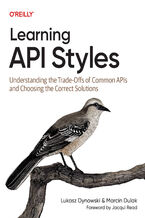
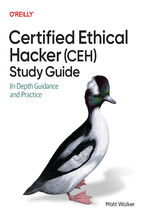
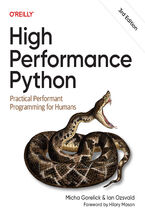
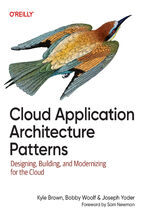
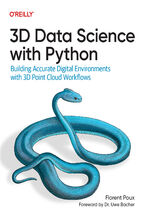



Oceny i opinie klientów: Access Cookbook. Solutions to Common User Interface & Programming Problems. 2nd Edition Ken Getz, Paul Litwin, Andy Baron
(0)